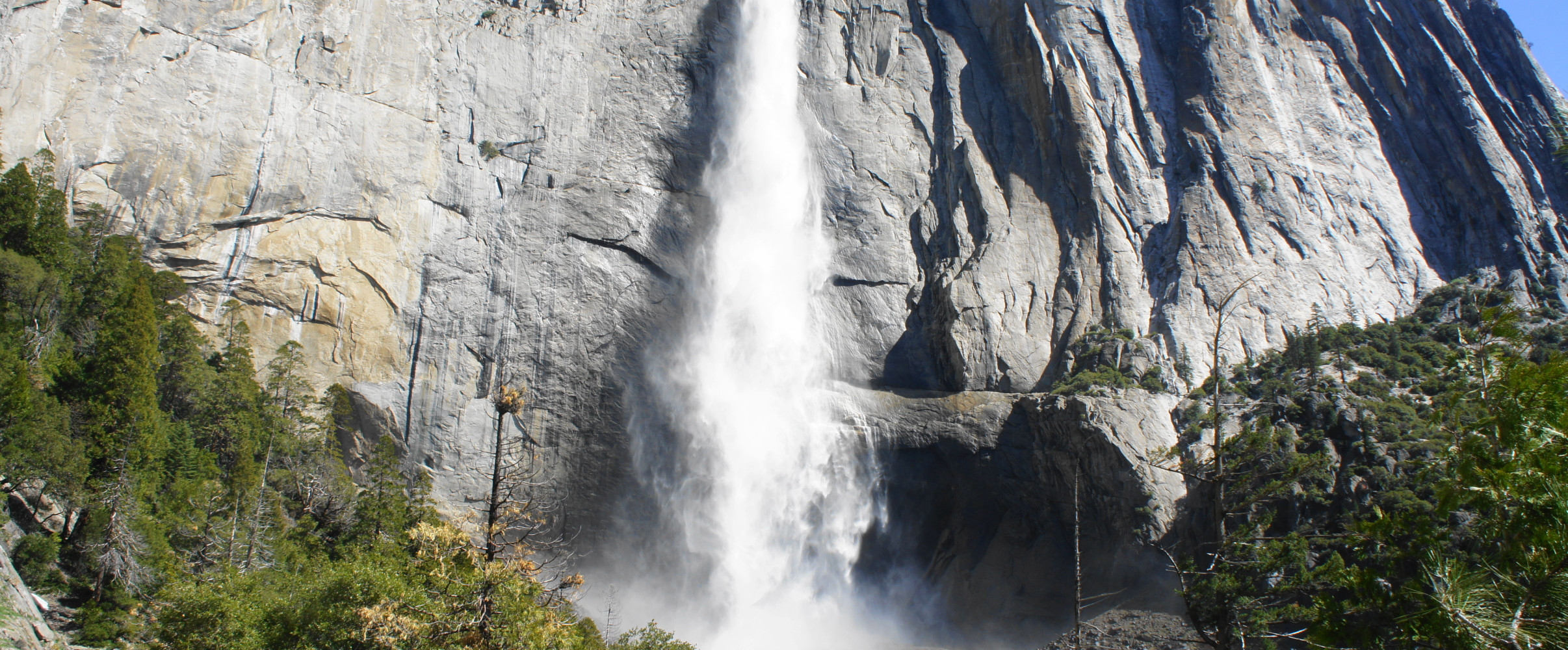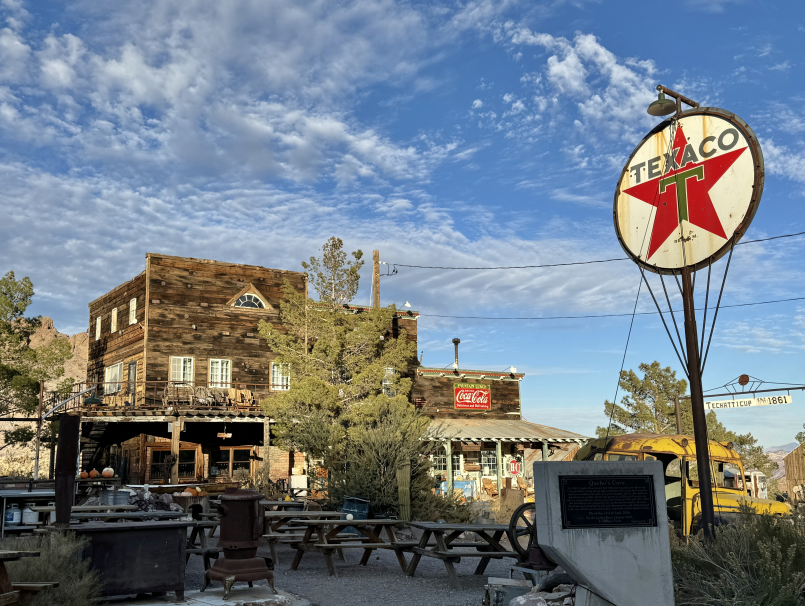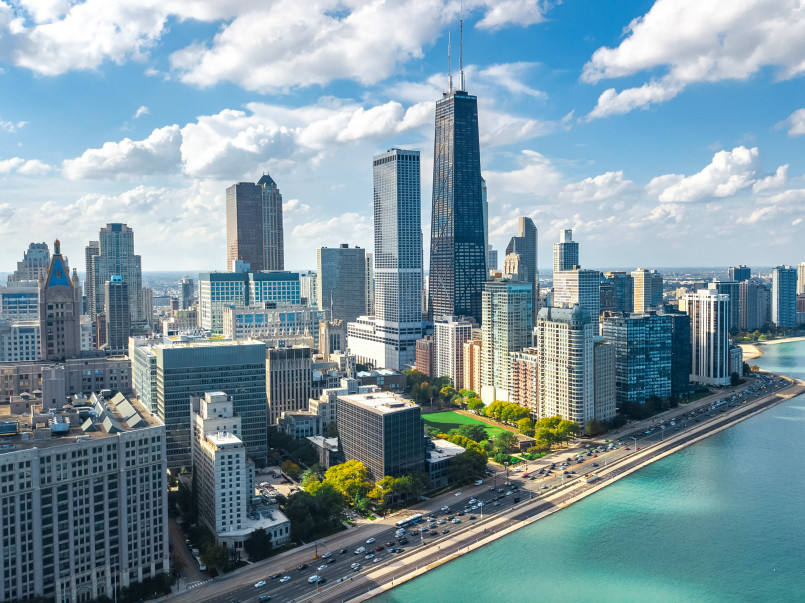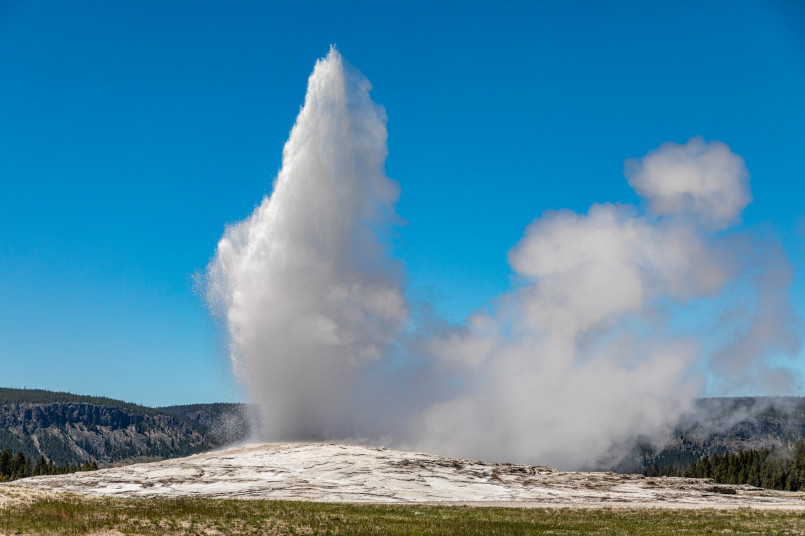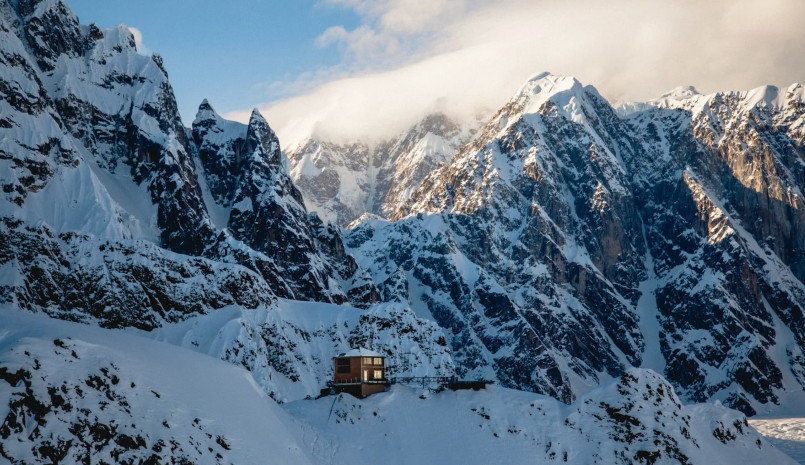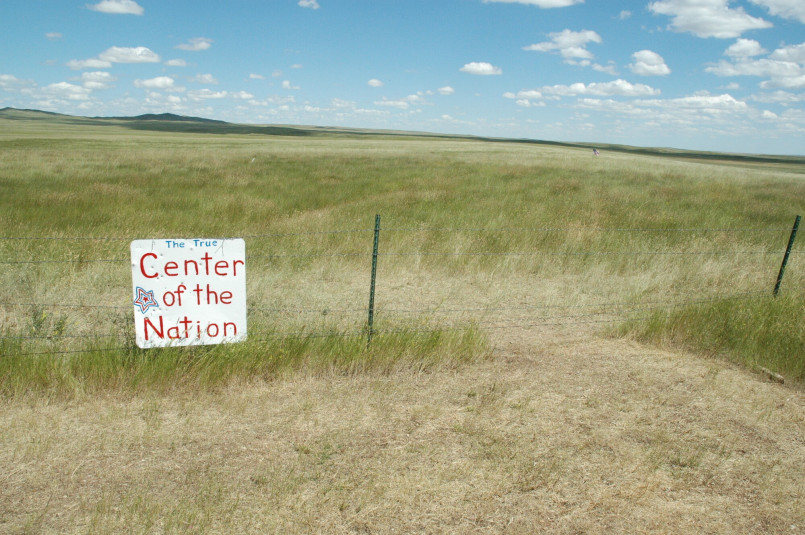America's landscape is adorned with some of the world's most impressive waterfalls, with heights that rival skyscrapers and volumes that move millions of gallons daily. From Yosemite's iconic falls to lesser-known cascades in remote wilderness areas, these natural wonders showcase the raw power and beauty of flowing water cutting through the American terrain.
America's landscape is blessed with some of the most spectacular waterfalls in the world, from thundering cascades in the Sierra Nevada to delicate ribbons of water plunging down Hawaiian cliffs. These natural wonders not only provide breathtaking views but also serve as powerful reminders of nature's force and beauty.
While many visitors flock to famous sites like Niagara Falls, the United States is home to numerous waterfalls that actually soar to much greater heights. These towering cascades, some reaching over 2,000 feet, offer unparalleled experiences for nature lovers, photographers, and adventure seekers alike.
Yosemite Falls, California
Standing at an impressive 2,425 feet, Yosemite Falls reigns as the tallest waterfall in North America and the fifth tallest in the world. Located in the iconic Yosemite National Park, this magnificent cascade actually consists of three sections: Upper Yosemite Fall (1,430 feet), the middle cascades (675 feet), and Lower Yosemite Fall (320 feet).
The best time to witness Yosemite Falls in its full glory is during spring when snowmelt creates a thunderous display of water power. By late summer, the falls may slow to a trickle or dry up completely, making timing essential for visitors.
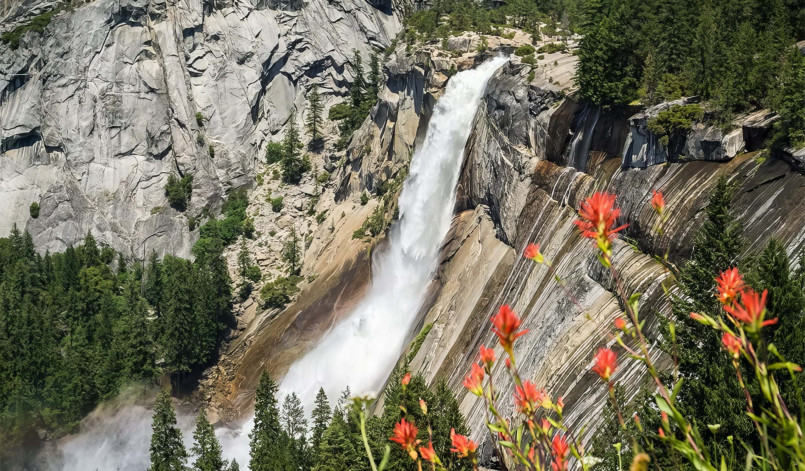
To experience this natural wonder up close, take the one-mile loop trail to Lower Yosemite Fall, which is accessible for most visitors. For the more adventurous, the challenging 7.2-mile round-trip hike to the top of Upper Yosemite Fall rewards with panoramic views of Yosemite Valley and an intimate perspective of the waterfall's power.
Colonial Creek Falls, Washington
Often overlooked in waterfall discussions, Colonial Creek Falls in North Cascades National Park is believed to be approximately 2,584 feet tall, potentially making it the tallest waterfall in the contiguous United States. This cascade isn't a classic plunge waterfall but rather a series of steep cascades that tumble down Colonial Peak.
Unlike more accessible waterfalls, Colonial Creek Falls requires significant effort to view in its entirety. Most visitors catch glimpses of portions of the falls from Colonial Creek Campground, while serious waterfall enthusiasts may attempt the challenging backcountry routes for better views.
The remote nature of this waterfall has contributed to its relatively unknown status, but it represents one of America's most impressive hydrological features.
Ribbon Fall, California
Another Yosemite National Park treasure, Ribbon Fall drops 1,612 feet in a single, uninterrupted plunge, making it one of the tallest single-drop waterfalls in North America. Located just west of El Capitan, this slender waterfall lives up to its name, appearing as a delicate ribbon against the massive granite walls.
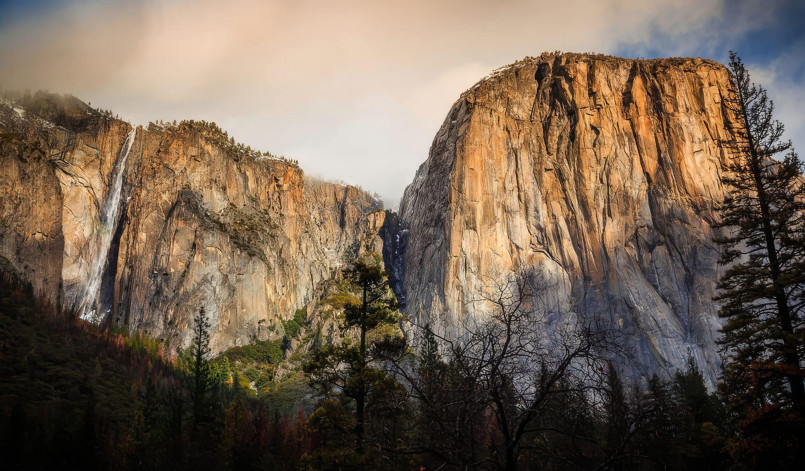
Ribbon Fall is a seasonal phenomenon, typically flowing only from March through June. By summer, it usually dries up completely, making it a springtime specialty. The best viewing locations include the turnouts along Northside Drive in western Yosemite Valley, where you can appreciate how the waterfall's height compares to the surrounding landscape.
Oloupena Falls, Hawaii
On the island of Molokai in Hawaii stands Oloupena Falls, a spectacular 2,953-foot waterfall that cascades down the steep sea cliffs along the island's north shore. This makes it one of the tallest waterfalls in the United States and among the highest in the world.
Viewing Oloupena Falls presents a unique challenge, as it's best observed from the ocean. Boat tours departing from Maui or Molokai offer the most reliable way to witness this remote natural wonder. During winter and spring when rainfall is higher, the waterfall reaches its most impressive volume.
The incredible height of Oloupena Falls is a testament to the dramatic topography of the Hawaiian Islands, where the world's tallest sea cliffs provide the perfect setting for such magnificent cascades.
Multnomah Falls, Oregon
Oregon's most visited natural attraction, Multnomah Falls drops 620 feet in two major steps. Located in the Columbia River Gorge just 30 minutes from Portland, this accessible waterfall attracts over two million visitors annually.
What makes Multnomah Falls particularly special is the historic Benson Bridge that spans the waterfall between its upper and lower cascades. Built in 1914, this picturesque footbridge provides visitors with an intimate perspective of the rushing water.
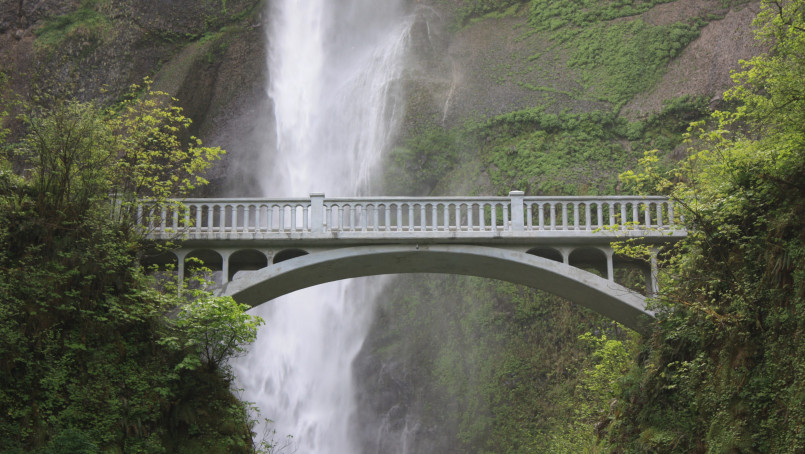
Unlike many tall waterfalls, Multnomah flows year-round, though its volume varies with the seasons. The surrounding area offers numerous hiking trails of varying difficulty, allowing visitors to experience the waterfall from multiple vantage points.
Bridalveil Fall, California
One of Yosemite's most recognizable waterfalls, Bridalveil Fall drops 620 feet and is often the first waterfall visitors see when entering Yosemite Valley. Its name derives from the mist that sways in the wind, resembling a bride's veil.
Unlike many waterfalls in Yosemite, Bridalveil Fall flows year-round, though its volume varies dramatically with the seasons. During spring, the powerful flow creates a thunderous roar and substantial spray, while in late summer and fall, it becomes a more delicate, wispy cascade.
The Ahwahneechee Native Americans called this waterfall "Pohono," meaning "Spirit of the Puffing Wind," and believed that inhaling the mist would improve one's chances of marriage.
Silver Strand Falls, California
Another Yosemite gem, Silver Strand Falls cascades approximately 1,170 feet down the granite walls near Tunnel View. This lesser-known waterfall doesn't receive the attention of its more famous neighbors, but its height and elegance make it a noteworthy attraction.
Silver Strand Falls is highly seasonal, typically visible only during spring snowmelt. The best viewing location is along the Wawona Road (Highway 41) near the Tunnel View parking area.
The waterfall's relative obscurity offers photographers and nature enthusiasts a chance to capture and appreciate one of Yosemite's tall waterfalls without the crowds that gather at more famous locations.
Nevada Fall, California
Continuing our exploration of Yosemite's remarkable waterfalls, Nevada Fall drops 594 feet along the Merced River. This powerful, year-round waterfall creates a thunderous display as water crashes onto the rocks below.
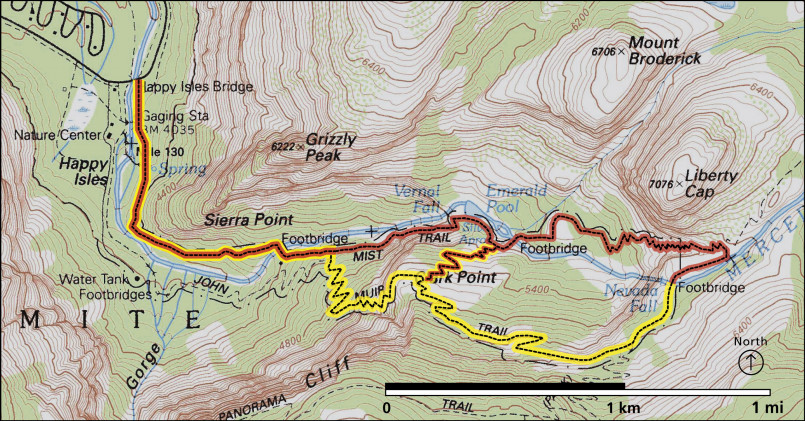
Accessible via the popular Mist Trail or the John Muir Trail, Nevada Fall offers hikers a rewarding destination after a moderately strenuous climb. The waterfall's name comes from the Spanish "Nevada," meaning "snowy," referring to the white water appearance.
For the most dramatic views, visit during spring when snowmelt creates maximum flow, but be prepared for wet and slippery conditions on the trail. In winter, the surrounding area transforms with ice formations, offering a completely different but equally spectacular experience.
Tahquamenon Falls, Michigan
Moving away from the western mountains, Tahquamenon Falls in Michigan's Upper Peninsula offers an entirely different waterfall experience. While not as tall as western cascades at about 50 feet, what Tahquamenon lacks in height it makes up for in width (over 200 feet) and volume.
The distinctive amber color of the water comes from tannins leached from the cedar swamps that feed the Tahquamenon River, giving the falls their nickname "Root Beer Falls." During peak flow, over 50,000 gallons of water per second crash over the falls, making it one of the most powerful waterfalls east of the Mississippi.
Located within Tahquamenon Falls State Park, both the Upper and Lower Falls are accessible via well-maintained trails and viewing platforms, making this natural wonder available to visitors of varying abilities.
Palouse Falls, Washington
In the remote eastern Washington landscape, Palouse Falls plunges 198 feet into a circular basin, creating one of the most photogenic waterfalls in the country. Designated as Washington's state waterfall in 2014, this natural wonder represents the last active waterfall on the ancient Palouse River glacial flood path.
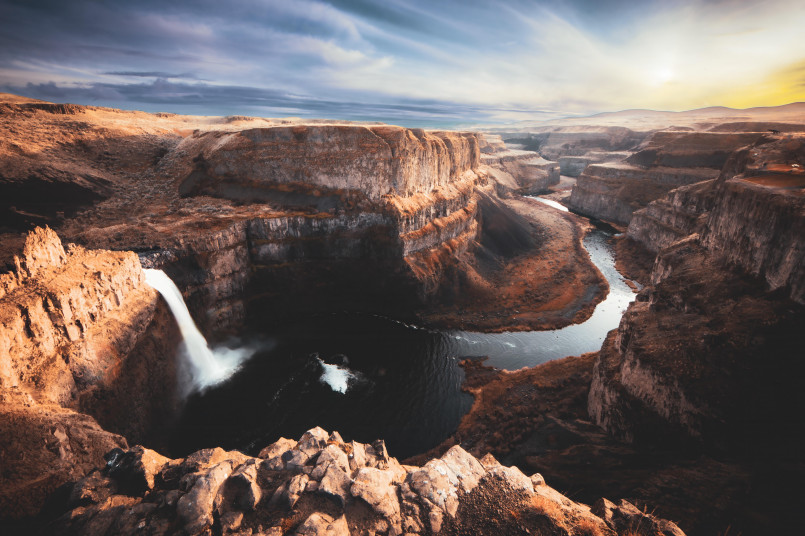
The surrounding Palouse Falls State Park offers several viewpoints, from easily accessible overlooks to more challenging hiking trails that provide views from various angles. The dramatic basalt cliffs surrounding the falls add to the visual impact of this geological marvel.
For photographers, Palouse Falls is particularly captivating at sunrise and sunset when the golden light illuminates the canyon walls. During spring runoff, the waterfall reaches its most impressive volume, though it flows year-round.
Tips for Visiting America's Tallest Waterfalls
Timing is everything when planning a waterfall visit. Research each waterfall's seasonal flow patterns before your trip. Most reach peak volume during spring snowmelt (April-June), while some may disappear entirely by late summer.
Pack appropriate gear for your waterfall adventures:
- Waterproof footwear with good traction for slippery trails
- Rain protection for camera equipment
- Layered clothing that can handle getting wet from spray
- Polarizing filters for photography to reduce glare
When photographing waterfalls, experiment with different shutter speeds. Fast shutters freeze the water's motion, while slower speeds (1/15 second or longer) create that smooth, silky water effect. A tripod is essential for slower shutter speeds.
Stay on designated trails when visiting waterfalls. Wet rocks near waterfalls are extremely slippery, and many waterfall accidents occur when visitors venture off-trail or ignore safety barriers. Remember that no photograph is worth risking your safety.
Conservation Efforts and Challenges
America's tallest waterfalls face various challenges in the modern era. Climate change is altering precipitation patterns and snowpack levels, potentially affecting the seasonal flow and long-term sustainability of many waterfalls.
Increasing visitor numbers create management challenges for parks and natural areas. Many locations have implemented reservation systems or shuttle services to reduce congestion and environmental impact. When visiting popular waterfall destinations, consider traveling during off-peak times or weekdays.
You can support waterfall conservation by:
- Following Leave No Trace principles
- Supporting park foundations and conservation organizations
- Reporting trail damage or unsafe conditions to park staff
- Participating in volunteer cleanup or restoration events
By approaching these natural wonders with respect and awareness, we can help ensure that America's tallest waterfalls continue to inspire visitors for generations to come.
Frequently Asked Questions About 12 Most Spectacular Tall Waterfalls in America You Need to See
What is the tallest waterfall in the United States?
Oloupena Falls on the island of Molokai in Hawaii is considered the tallest waterfall in the United States, with a height of approximately 2,953 feet. However, in the contiguous United States, Colonial Creek Falls in Washington state is believed to be the tallest at around 2,584 feet, followed by Yosemite Falls in California at 2,425 feet.
When is the best time to see Yosemite Falls?
The best time to see Yosemite Falls is during spring (April through June) when snowmelt creates maximum water flow. By late summer (August and September), the falls may slow to a trickle or dry up completely. Winter can also offer spectacular views when parts of the falls freeze, creating unique ice formations.
Are any of America's tallest waterfalls accessible for people with mobility limitations?
Yes, several tall waterfalls offer accessible viewing options. Lower Yosemite Falls has a paved, relatively flat loop trail. Multnomah Falls in Oregon has a paved path to its main viewing area. Tahquamenon Falls in Michigan features accessible viewing platforms. Many national and state parks continue to improve accessibility to these natural wonders.
How does Niagara Falls compare to America's tallest waterfalls?
While Niagara Falls is famous for its enormous volume and width, it's relatively short compared to America's tallest waterfalls at only 167 feet high. What makes Niagara impressive is its flow rate-about 750,000 gallons per second-making it one of the most powerful waterfalls in North America, despite being much shorter than waterfalls like Yosemite Falls (2,425 feet).
Which tall waterfalls flow year-round?
Several of America's tall waterfalls flow year-round, including Multnomah Falls in Oregon, Bridalveil Fall in Yosemite, Nevada Fall in Yosemite, and Tahquamenon Falls in Michigan. Many others, particularly those dependent on snowmelt like Yosemite Falls and Ribbon Fall, are highly seasonal and may dry up completely by late summer.
What safety precautions should I take when visiting waterfalls?
When visiting waterfalls, always stay on designated trails and behind safety barriers. Never climb on or swim above waterfalls, as rocks are extremely slippery and currents can be deceptively strong. Wear appropriate footwear with good traction, bring layers of clothing as waterfalls create their own microclimate, and be aware of changing weather conditions that can affect water levels and trail safety.
